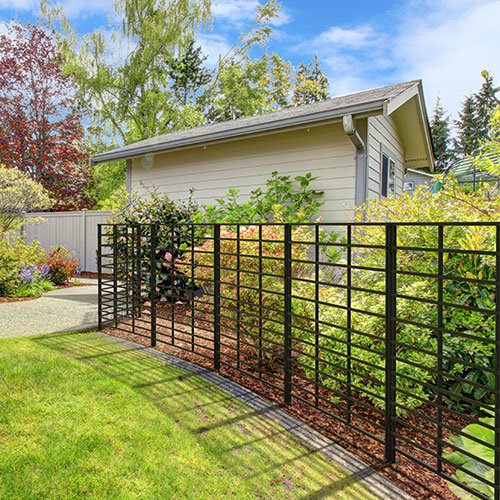How Much Does Fence Installation Really Cost and How Can You Save?
Installing a fence can boost your home's privacy, safety, and value—but how much should you really expect to spend? In Canada, fence installation costs can vary significantly based on materials, size, and labor. Smart planning can make all the difference.
What Factors Drive Fence Installation Costs? Fence costs are influenced by three main factors: materials, size, and labor. Common fence types like wood and chain-link are budget-friendly, while vinyl and wrought iron fences offer durability but come at a higher price. A taller or longer fence increases material needs, which drives up costs. Labor typically accounts for nearly 50% of total installation expenses, so homeowners with the right tools and skills may consider a DIY fence project to save money. In 2025, average fence installation costs in Canada range from $2,500 to $5,000 CAD, depending on location and customization.
Which Fence Materials Offer the Best Value? Choosing the right fence material is critical for managing costs without compromising quality. Wood and chain-link fences are the most economical, while composite and PVC fences offer long-term value thanks to their low maintenance. Bamboo and living hedges are creative alternatives that work well for those seeking natural barriers. Aluminum fences mimic the look of wrought iron at a fraction of the cost, providing a smart substitute. Matching your fence choice to your needs—whether durability, style, or privacy—will help you stay on budget while achieving your desired look.
How Can Budget Planning Keep Fence Costs in Check? A clear and detailed budget is essential for any fence project. Break down expected costs by materials, labor, permits, and set aside 10-15% as a buffer for surprises. Online budgeting apps can track expenses in real time. To save, get at least three quotes from local fence contractors and consider installing your fence during the off-season (late fall or early spring), when labor and material rates are typically lower. Careful planning allows you to manage fence costs without cutting corners.
Is DIY Fence Installation Worth It? DIY fence installation can cut labor costs in half, but it’s not for everyone. If you're comfortable with tools and have the time, a simple fence—like a post-and-rail or chain-link style—can be a good DIY option. You’ll still need to ensure your fence meets local building codes and zoning rules, which are strictly enforced across Canada. Fortunately, detailed tutorials, community forums, and hardware store workshops can provide the guidance needed for a successful project. Just be sure to account for the cost of renting or buying tools.
What Cost-Saving Tactics Actually Work? To save on fence costs, choose a lower height and a simpler design. Avoid complex layouts or custom gates unless absolutely necessary. Recycled or surplus materials from local suppliers can offer additional savings. Scheduling your fence installation outside of peak season helps you negotiate better rates for both materials and labor. Focusing on function over fancy extras ensures your fence does its job without exceeding your budget. Smart choices today can prevent regrets tomorrow.
Do You Need Permits or Approvals for Your Fence? Yes—before building a fence, it's crucial to check with your local municipality. Many Canadian cities have rules on fence height, placement, and materials. Ignoring these can lead to fines or forced removal. You may also need to notify neighbors or get their consent, especially for shared boundary fences. Taking time to understand these rules helps avoid delays, additional costs, or neighborhood conflicts. Getting permits upfront ensures your fence is compliant and worry-free.
What’s the Best Way to Approach Fence Installation in 2025? Fence installation in Canada remains a smart investment in 2025. By understanding cost drivers, selecting value-driven materials, and planning a realistic budget, homeowners can build a fence that enhances both function and curb appeal. Whether you hire a contractor or go the DIY route, thoughtful decisions lead to savings and satisfaction. Combine strategic planning with local regulation compliance to ensure your fence project goes smoothly—from the first post to the final panel.
